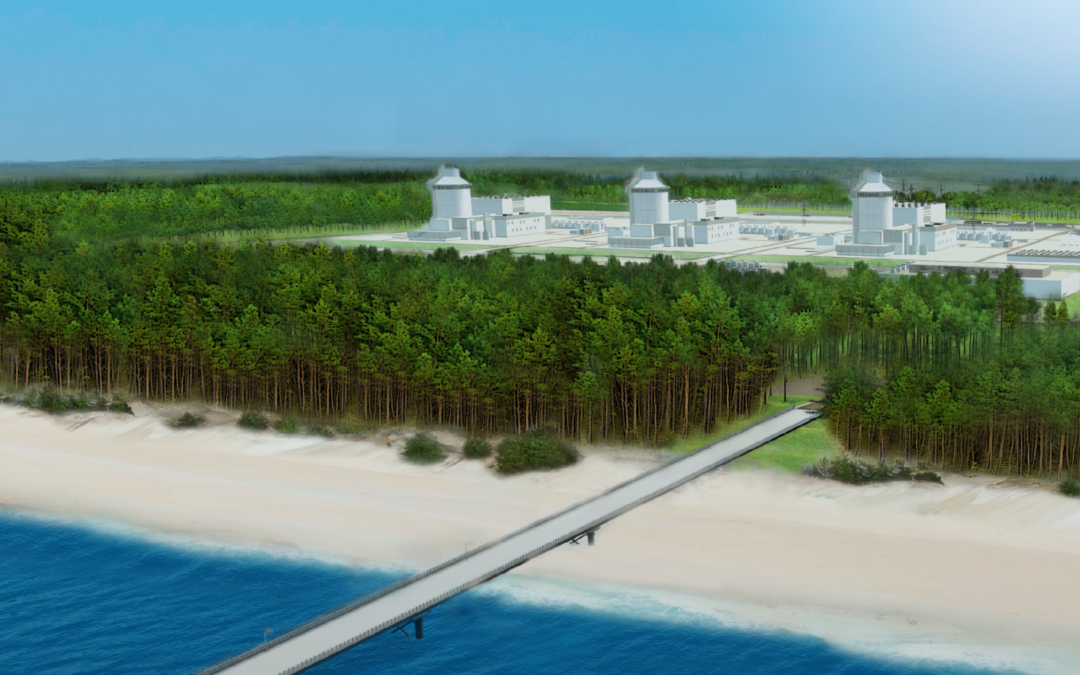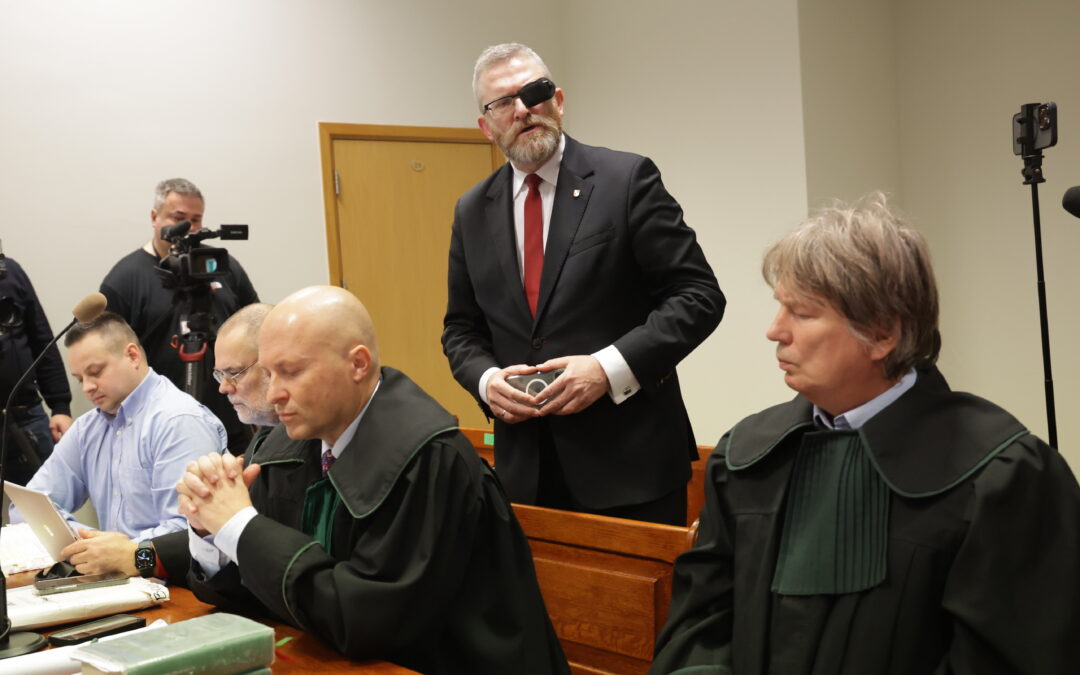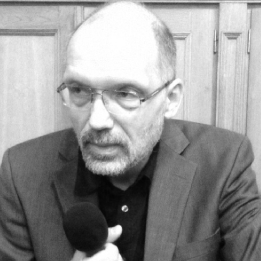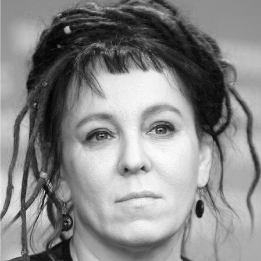Keep our news free from ads and paywalls by making a donation to support our work!

Notes from Poland is run by a small editorial team and is published by an independent, non-profit foundation that is funded through donations from our readers. We cannot do what we do without your support.
President Andrzej Duda has signed into law a bill providing 60 billion zloty (€14.4 billion) in financing for Poland’s first nuclear power plant, which is being developed with US firm Westinghouse. However, Warsaw is still awaiting European Union approval for the state aid it wants to give to the project.
Plans for the nuclear plant, which will be located on Poland’s northern Baltic Sea coast, were first put in place under the former Law and Justice (PiS) government and have been continued by Prime Minister Donald Tusk’s current ruling coalition.
In September last year, Tusk’s government approved spending of 60 billion zloty on the project between 2025 and 2030. In February this year, parliament passed a bill to that effect, with almost unanimous support for the plans. Now, Duda has signed it into law.
Prezydent @AndrzejDuda podpisał ustawę z dnia 20 lutego 2025 roku o zmianie ustawy o przygotowaniu i realizacji inwestycji w zakresie obiektów energetyki jądrowej oraz inwestycji towarzyszących oraz ustawy o wpłatach z zysku przez jednoosobowe spółki Skarbu Państwa.
❗️Celem… pic.twitter.com/vDt1tDvMBL
— Kancelaria Prezydenta (@prezydentpl) March 25, 2025
The 60 billion zloty would cover 30% of the project’s total estimated costs. The remainder would be provided by borrowing “from financial institutions, primarily foreign institutions supporting the export of equipment suppliers…in particular the Export-Import Bank of the United States”, says the government.
In November, the United States International Development Finance Corporation (DFC) signed a letter of intent to provide $1 billion (3.9 billion zloty) in financing for the construction of the plant.
The nuclear power station, which is being developed by a state-owned firm, Polskie Elektrownie Jądrowe (PEJ), has a planned electricity generation capacity of up to 3.75 GW. American firm Westinghouse was in 2022 chosen as a partner in the project.
According to plans announced by the industry minister earlier this month, construction is scheduled to start in 2028, with the first of three reactors going online in 2036. By the start of 2039, the plant is expected to be fully operational.
However, those plans are contingent on EU approval. In September last year, the government notified the European Commission of its plans to provide state aid for the development of the nuclear plant.
In December, the commission announced that its “preliminary assessment…has found that the aid package is necessary” but it still “has doubts at this stage on whether the measure is fully in line with EU state aid rules”.
It therefore launched an “in-depth investigation” into the appropriateness and proportionality of the state aid, as well as its potential impact on competition in the electricity market. Poland is still awaiting the outcome of that investigation.
Commission 🇪🇺 opens in-depth State aid investigation into Polish 🇵🇱support for nuclear power plant 👇
🔗➡️https://t.co/85e4eGkG3L#EUStateAid pic.twitter.com/ExJBsRRON6
— EU Competition (@EU_Competition) December 18, 2024
Poland currently generates the majority of its electricity from coal. Last year, almost 57% of power came from burning that fossil fuel, by far the highest proportion in the EU.
In 2023, the former PiS government outlined plans for 51% of electricity to come from renewables and 23% from nuclear by 2040. The Tusk government has pledged to continue and even accelerate that energy transition, though has so far made limited progress.
Under the government’s Polish Nuclear Power Program (PPEJ), as well as the plant on the Baltic coast, there will also be a second nuclear power station elsewhere in Poland. The total combined capacity of the two plants will be between 6 and 9 GW.
When Donald Tusk’s government came to power, it promised to accelerate Poland's move away from reliance on coal.
But, after a year in office, the ruling coalition has failed to enact a single law that would significantly advance the energy transition https://t.co/TKFfoeAoKv
— Notes from Poland 🇵🇱 (@notesfrompoland) January 17, 2025

Notes from Poland is run by a small editorial team and published by an independent, non-profit foundation that is funded through donations from our readers. We cannot do what we do without your support.
Main image: PEJ (press materials)

Daniel Tilles is editor-in-chief of Notes from Poland. He has written on Polish affairs for a wide range of publications, including Foreign Policy, POLITICO Europe, EUobserver and Dziennik Gazeta Prawna.



















